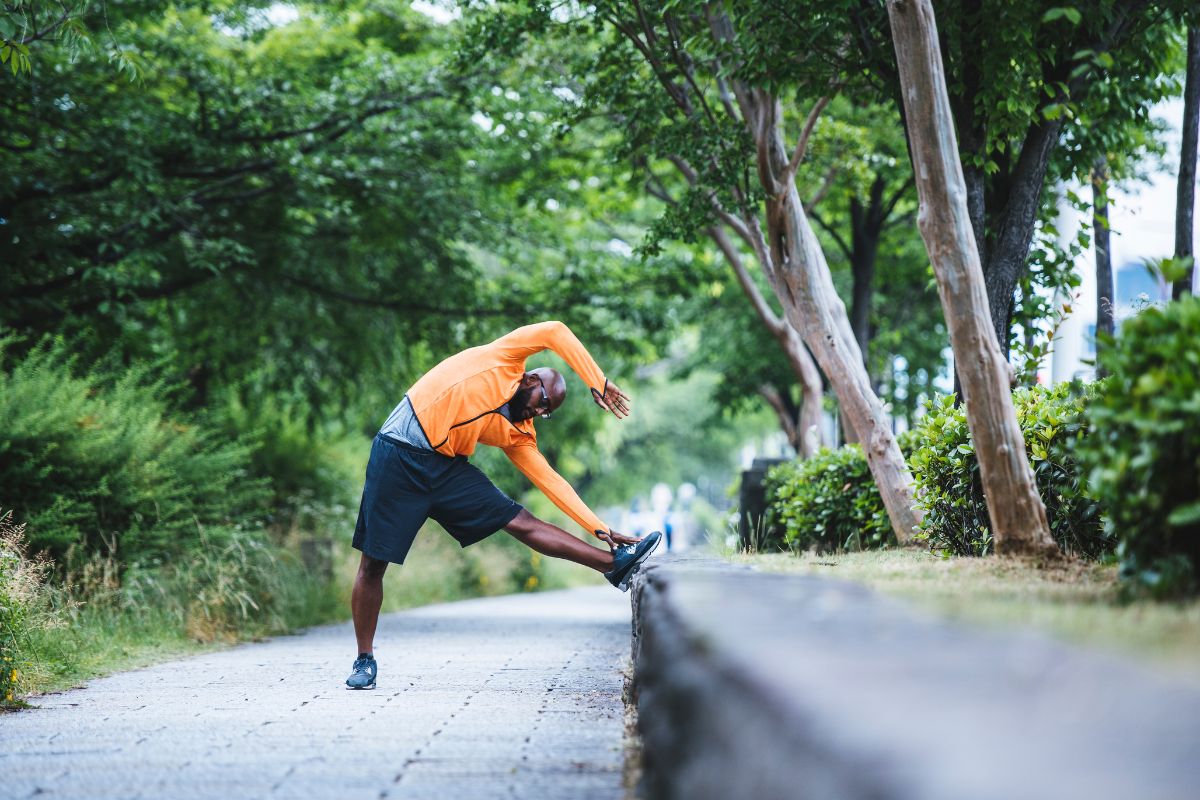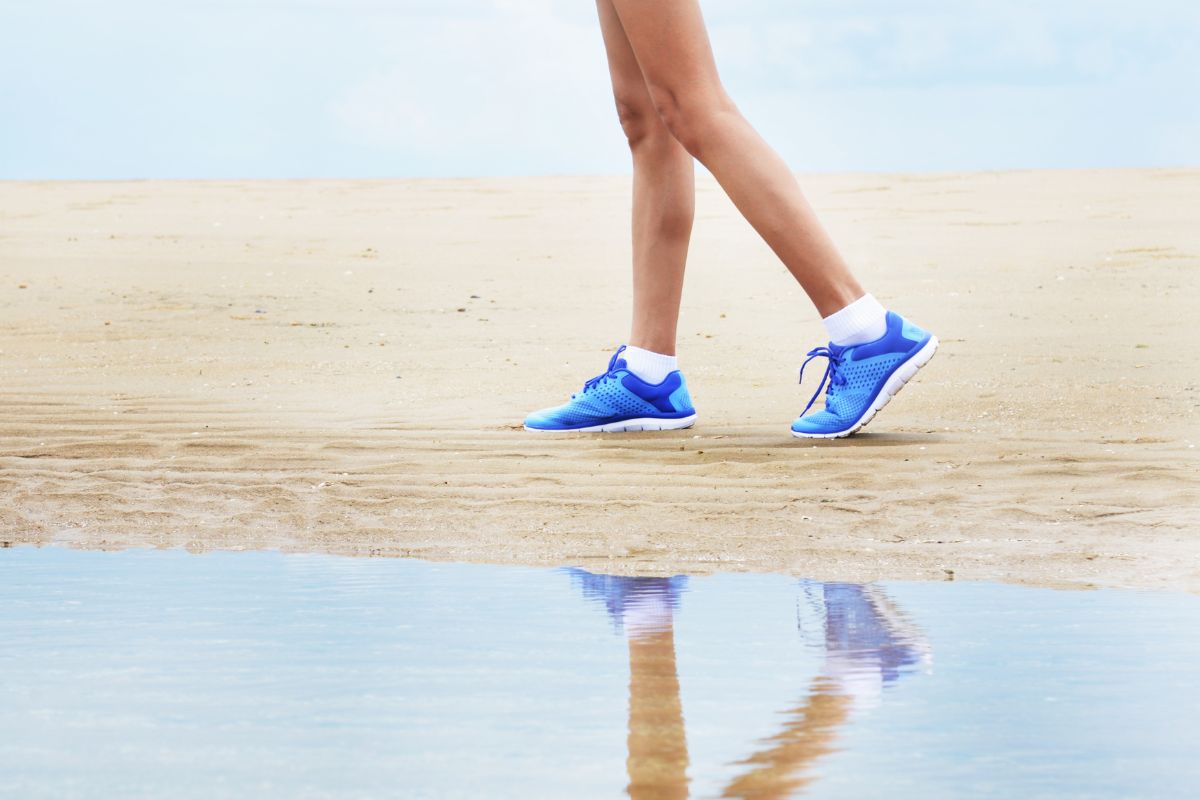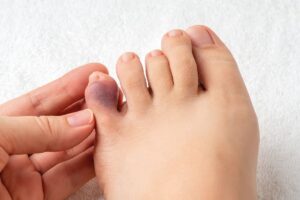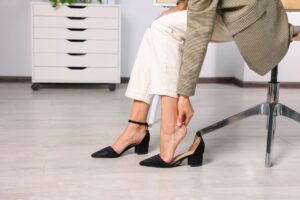Walking is a great way to get much-needed exercise without adding stress to your joints. Not to mention, this allows you to improve your cardiovascular health, and overall fitness levels, as well as give your mood a boost.
The thing with walking is that it can sometimes be uncomfortable to do, especially when you have foot pain and nerve pain. If you want to get your steps in and want to make your activity a more comfortable one, below are some walking tips you need to know.

- Start Your Day with a Good Stretch
Walking can be quite a strenuous activity, but even more so when you forget to do a warm-up beforehand. This helps increase your body and muscle temperature, priming your body for movement and lessening the risk of injury.
Apart from stretching before your walk, you should also open up your hip flexors and warm up your quads. Calf raises, leg swings, toe taps, and lunge walks are some warm-up exercises you may want to incorporate into your routine.
2. Wear the Right Type of Shoe
Having the right type of gear sets you up for success and having the right shoes on your feet is imperative. Picking appropriate footwear for the job can help you prevent foot pain and even forming bunions over time, and even better, lessens the risk of needing bunion surgery.
While walking is one of the most accessible and convenient physical activities out there, steer clear from wearing flip-flops, sandals, or even Crocs for walking. Sure, they might be comfortable for doing errands or going to the beach, but these don’t offer enough support for walking long distances.
Your feet are different from another person, which is why the shoe that works for them may not necessarily work for you. In order to find the right one, don’t hesitate to consult with a foot doctor near you so they can assess your feet and the best type of walking shoe for them.
3. Moisturize, Moisturize, Moisturize
Going on long walks can take a toll on your feet. Applying emollients instead of your usual lotions can provide deeper moisturization and prevent unwanted blisters, bunions, and other similar problems.
Emollients, such as Vaseline or products that contain petrolatum and lanolin, are great for keeping the moisture in. These also prevent your feet from drying out or from cracking, something which you’ll appreciate.
In the same vein, it’s also worth noting that wearing moisture-wicking socks is important. While this may seem counterproductive since we’ve asked you to moisturize your feet, doing so will actually benefit you. Not only will this remove excess moisture and sweat from your feet, but this will also prevent the growth of bacteria and fungi.
4. Focus on Your Form
Walking may come naturally to you, but there is actually a right way for this. You need to have good posture and the right form. This will help you conserve your energy when walking and keep your muscles in good working condition.
Make confident and smooth and efficient strides by keeping your head back and lengthening your back. At the same time, keep your shoulders down and back, relaxed, and away from your ears. This will prevent tension in your upper body.

Learn how to engage your core and swim your arms as you make strides. Roll from heel to toe and make sure your hips are level at all times.
Final Thoughts
Walking is one of the finest and most relaxing physical activities you can do. With these tips and with guidance from your foot doctor, you can finally get your steps in comfortably and go for miles at a time.





